Behavior for Chronic Disease: Critical Review and Clinical Application
VerifiedAdded on 2019/10/31
|7
|1668
|174
Report
AI Summary
This report presents a critical review of an article examining the food security issues faced by low-income individuals with type 2 diabetes. The study, conducted in Perth, Australia, employed a qualitative methodology, including focus groups and interviews, to explore the impact of socioeconomic disadvantages on dietary habits. The findings revealed that participants, despite having knowledge of dietary requirements, struggled with access to healthy food due to financial constraints and dependency on others. The review highlights the article's contribution to nursing practice, emphasizing the need for healthcare workers to address patients' socioeconomic circumstances, particularly in diabetes management. It also discusses the importance of an interdisciplinary approach, including nurses and dieticians, in providing comprehensive care. The review concludes by discussing the study's strengths, limitations, and its implications for clinical practice, particularly for student nurses. The report stresses the importance of nurses addressing the socioeconomic factors influencing patients' ability to manage their chronic conditions effectively.
1 out of 7
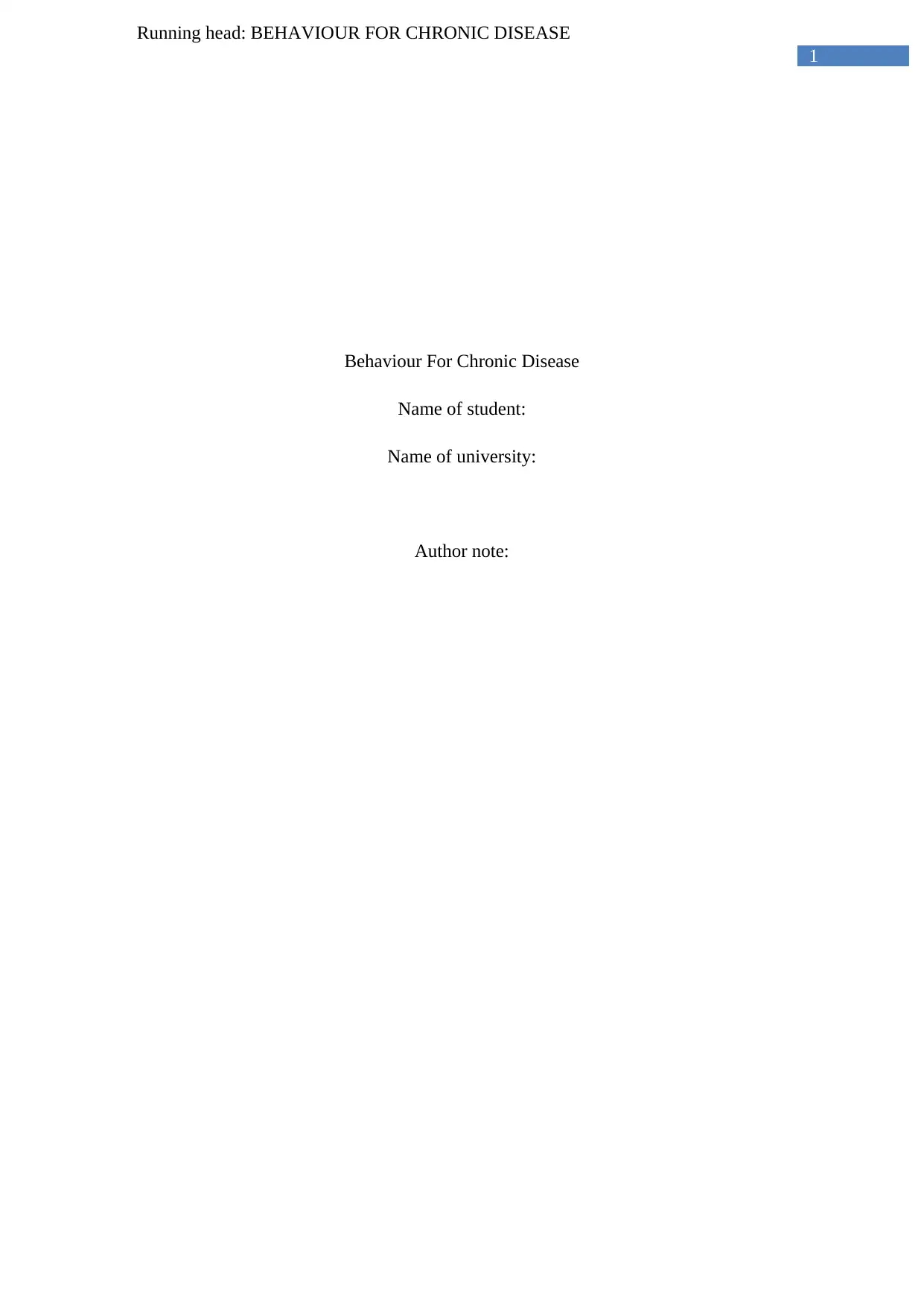
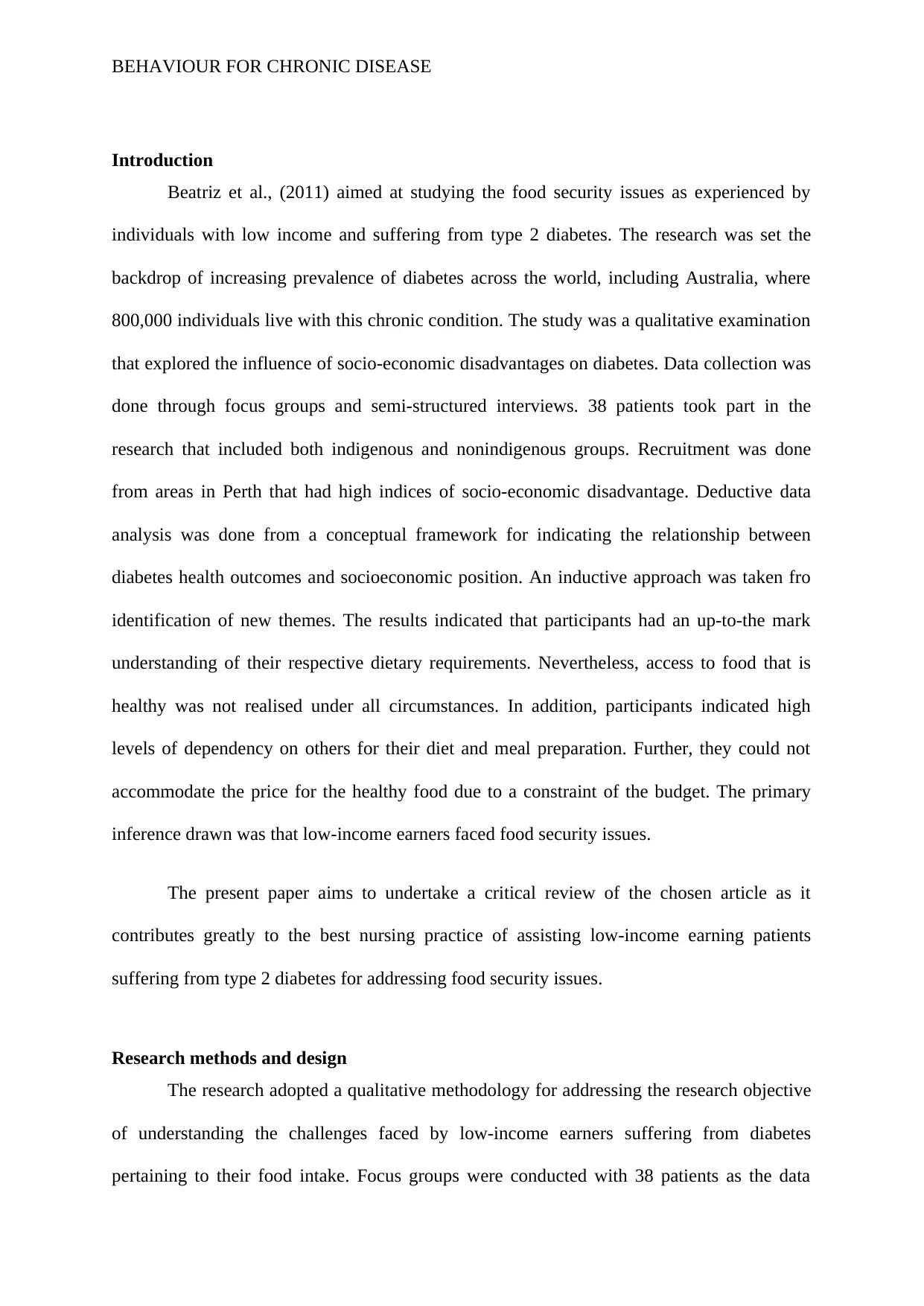
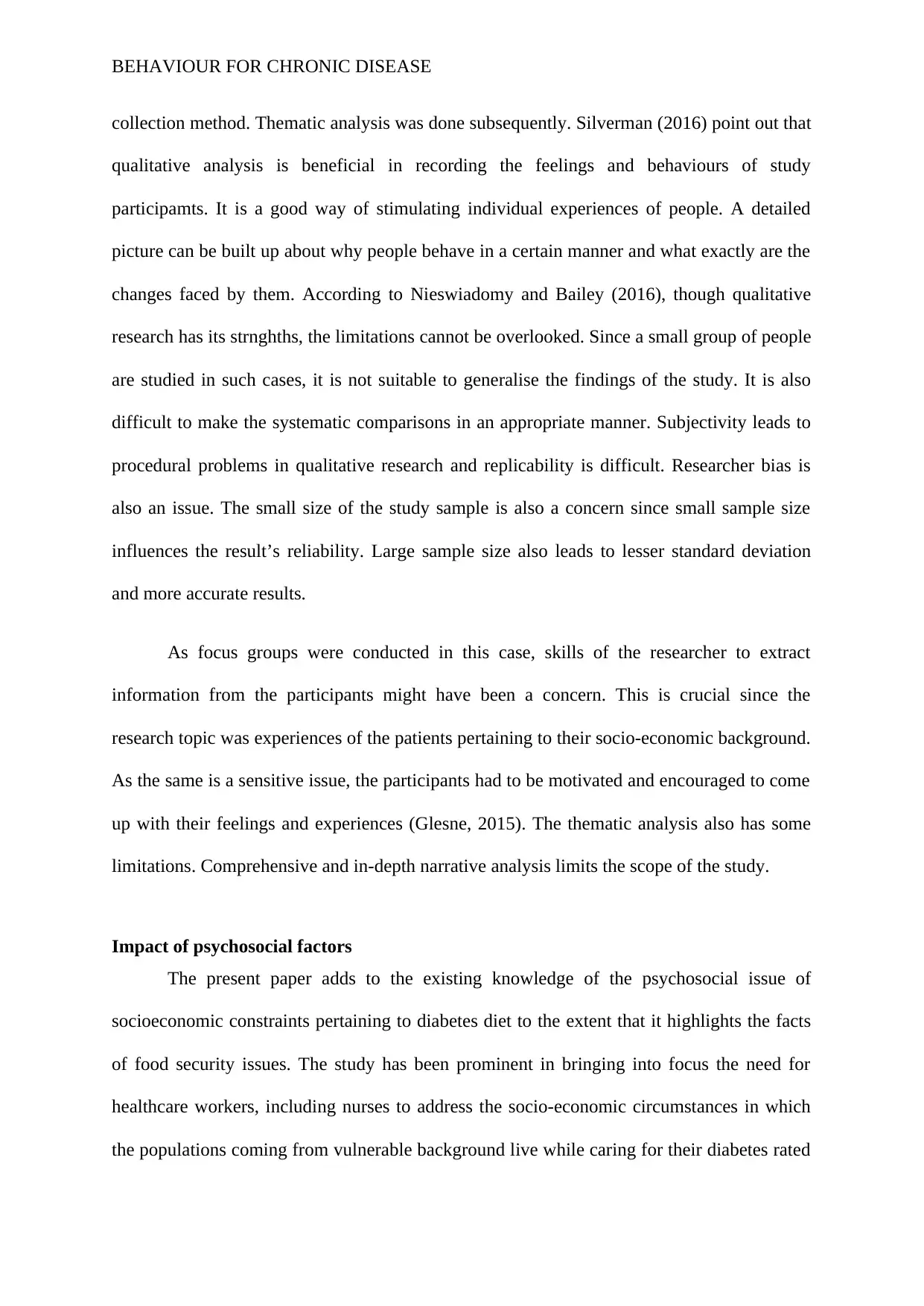
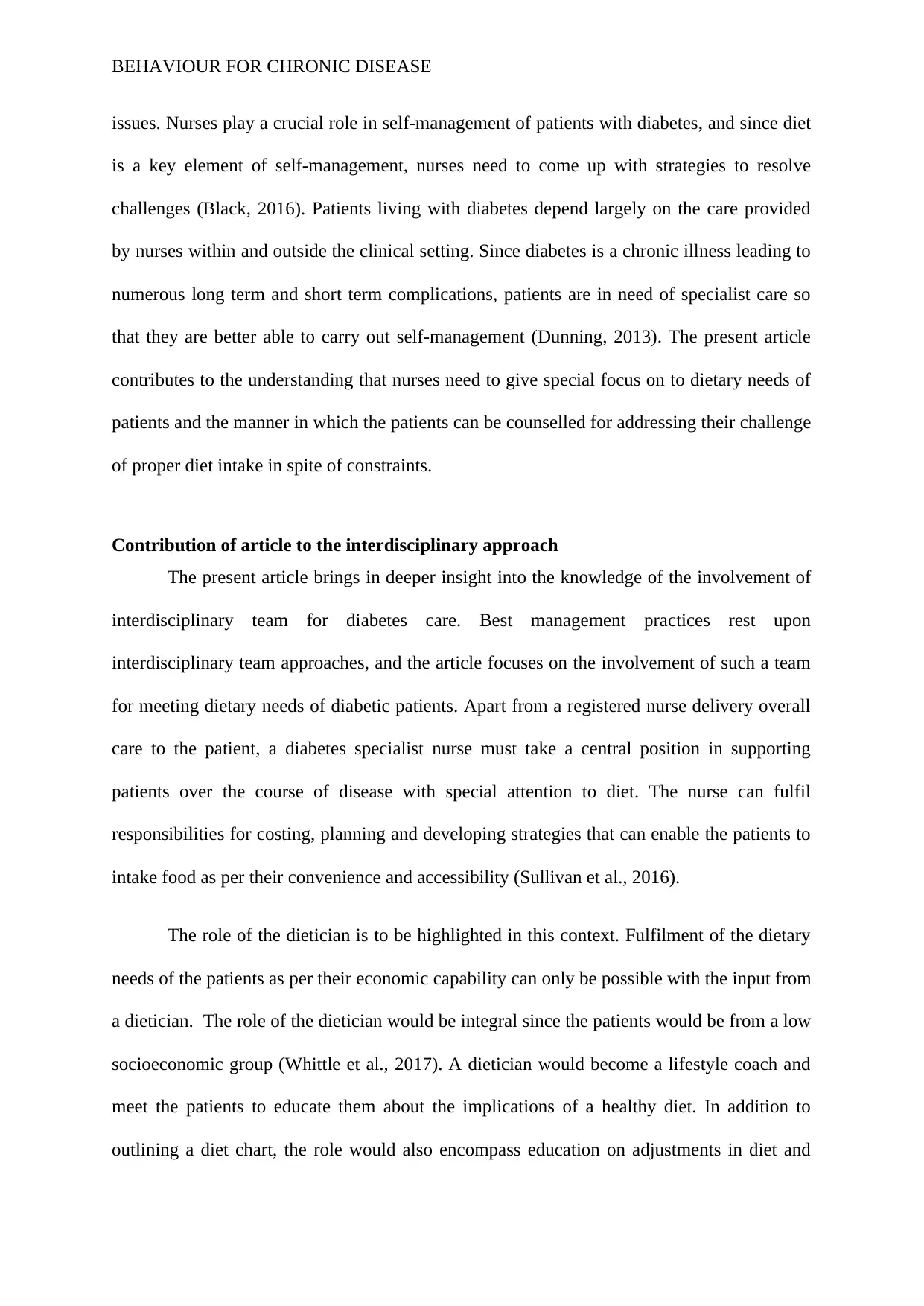
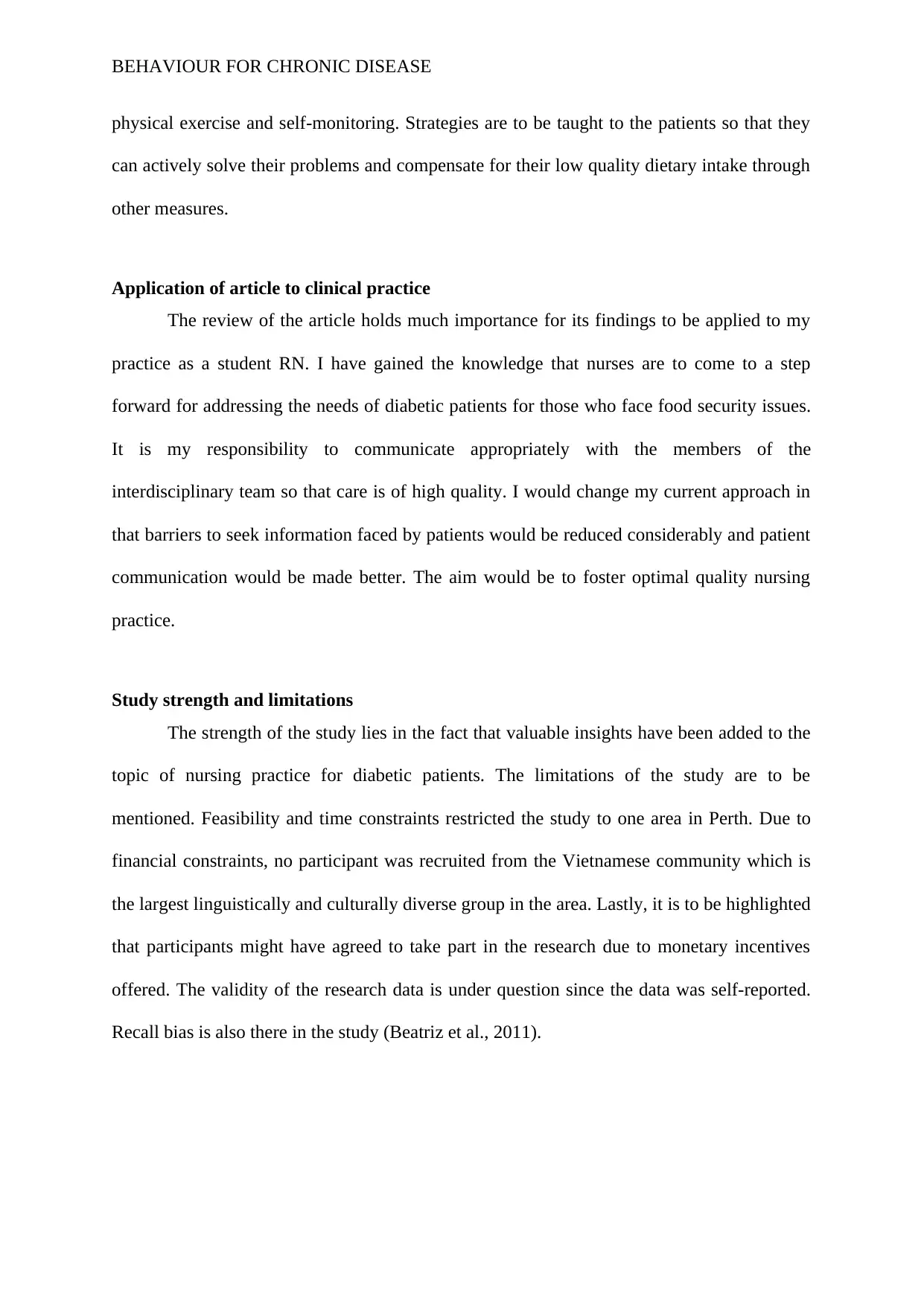
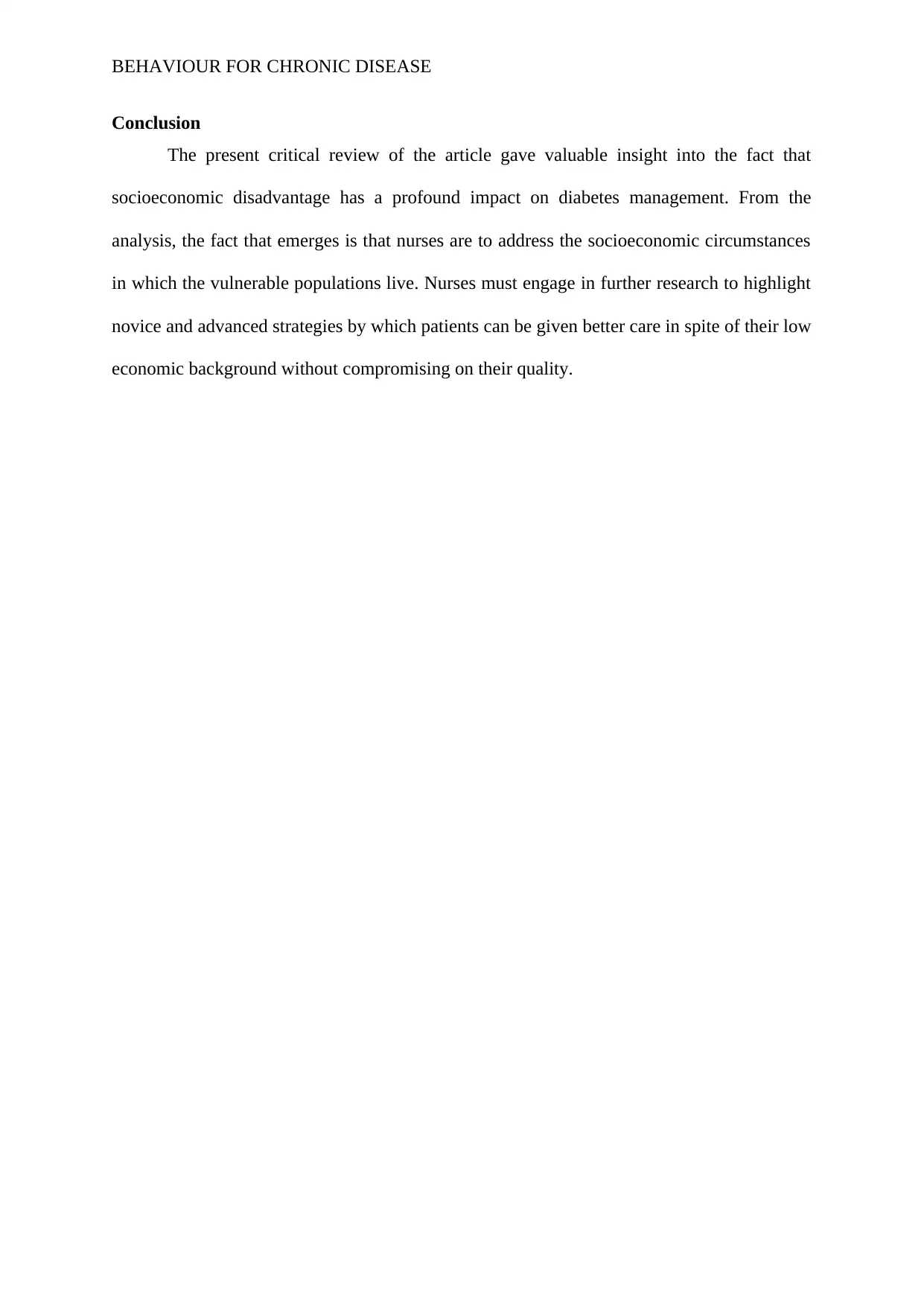
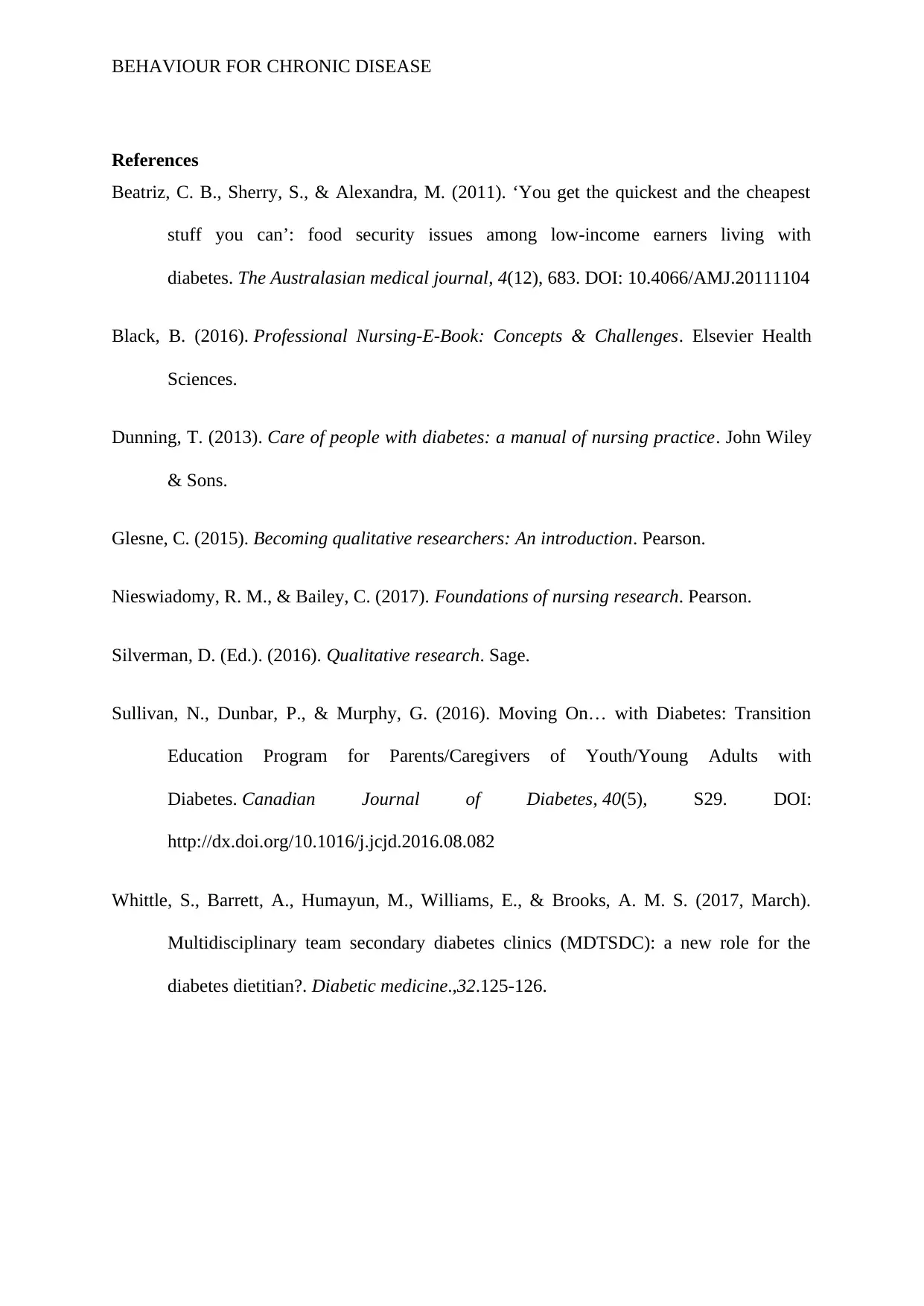






![[object Object]](/_next/static/media/star-bottom.7253800d.svg)